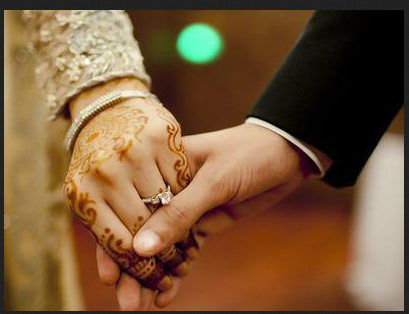
Gender differences
I am Kiran Kulkarni, 34 years old with one daughter Priya, 7 years old and one son Pallav, 3 years old. I have noticed that my son is very aggressive while my daughter is very calm and cool. He will throw tantrums at the slightest discomfort while my daughter will approach the same thing with a cool head. This used to happen even when she was his age. Over all I have found, in my experience that males tend to be more aggressive than females. What are the contributions of biological, hormonal differences and our child-rearing practices that contribute to this differential pattern of behaviour?
There comes a moment in everyone’s life when the opposite sex suddenly appears to be an alien species. Totally and mind-bogglingly different. The world cleaves apart, with “us” on one side and “them” on the other. Boys would tend to play more with guns, pistols, superhero figures like Batman, Superman, G.I.Joe while girls tend to play more with dolls and clay and household appliances games. It is not because they receive only these types of differential toys. While it is true that boys and girls tend to received different types of games and toys because of the perceptions of the adults who buy them these toys and who themselves are biased by their views on what will match the gender differences. Perhaps this also goes more deeper than culture into genetics. Does a love of carnage begin in culture or genetics and which drives which? Do the gender roles of our culture reflect an underlying biology and, in turn, does the way we behave influence that biology? Can one redirect the other? Most scientists agree that the gender differences in aggression begin in biology. Hormones can help build sexually different nervous systems. We are born with predispositions, but it is society that amplifies them, exaggerates them. Statistics exhibit an enduring gap in the aggression between man and woman. Ratio of robberies is 10/15 :1 for man to woman. Violence, assault, cold-blooded murder, intimidation, building muscle bulk, uses of guns, domestic-partner murders, starting a domestic fight, being the first aggressor have a ratio for males over females by a dramatic margin. Men are more prone to flash quickly to anger and aggression; women will be kinder and calmer. Even in the time of disasters, of life threatening terrors – when people are stripped down to basics, there is a different pattern of reaction. Women survive more because their bodies are better built to handle trauma – they have more insulating fat, they are smaller and hence burn up less energy and have more reserves. This is so because females are designed to last longer as they are the primary reproducers of a species. Women outlive men by seven years nowadays and there is new evidence that hormonal concentrations in women effectively prolong good health.
The evolutionary theory says that the investment in the survival of one’s genes also guides aggression and sexual interest. The male must have healthy sperm and interest in sex, the female must produce an egg, carry and provide nutrition for the developing fetus and take on child care. Therefore a male will be pushy, hustle to have sex so that he can keep his lineage alive. In monogamous relationships the pressure is less, in polygamous ones, the pressure is more. Competition may be everything and brutal. People who feel that they will not have a chance of marrying and passing their genes feel that the only way is to be violent, take on challenges or indulge in rape. Women on the other hand are more choosy – they pick a mate carefully, going for good genes. They can have only one successful pregnancy per year, so they would not want to risk it all for multiple one-night stands. She would do better to save her energy towards mothering the baby into adulthood. Her greatest failure is in the death of the child. Therefore in a curiously logical, winding way, the aggression of males and that (absence of it) in females is brought up by biology. This argument does not rule out females being competitive or even dangerous, especially when it comes to survival of the young. The point is that these influences may run through our early days, that they remain with us in subtle ways, and that they perhaps lay the foundations of today’s culture.



